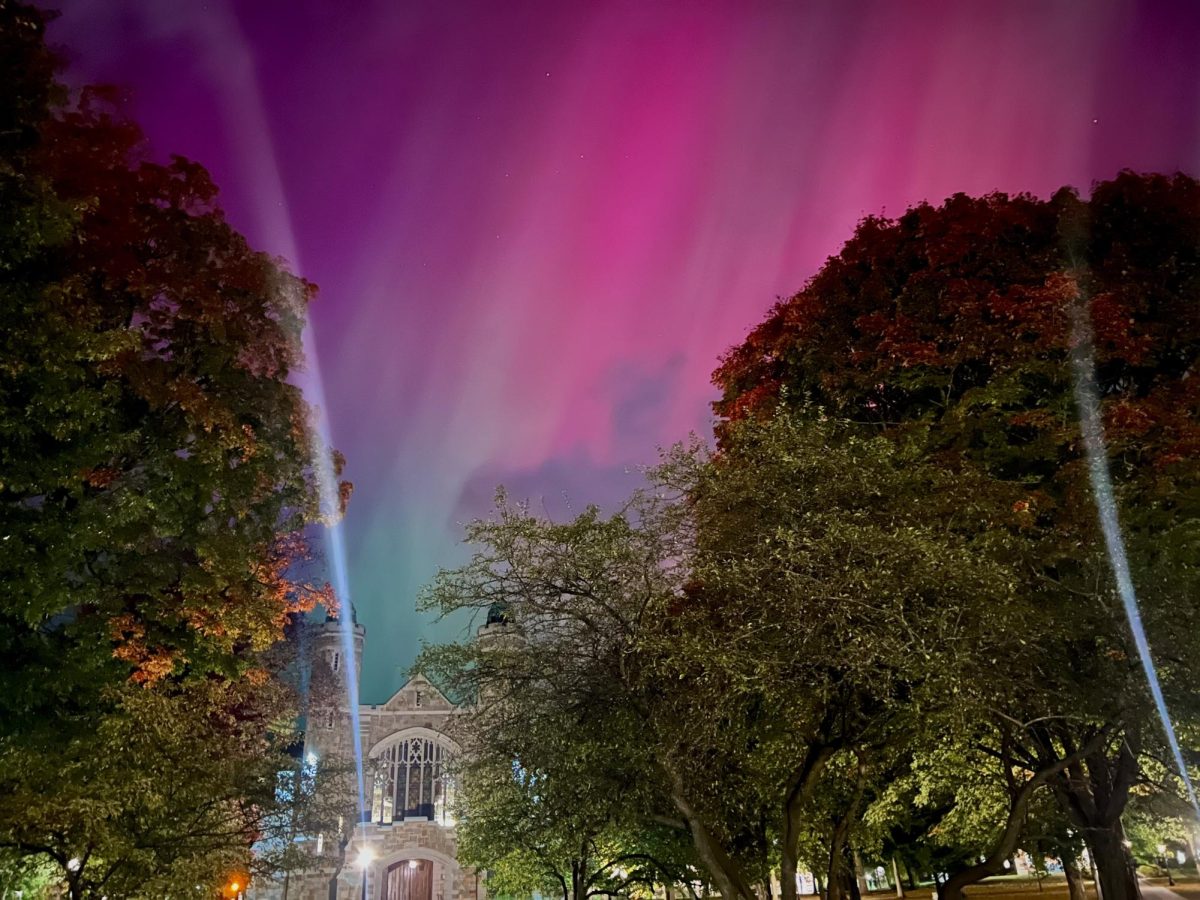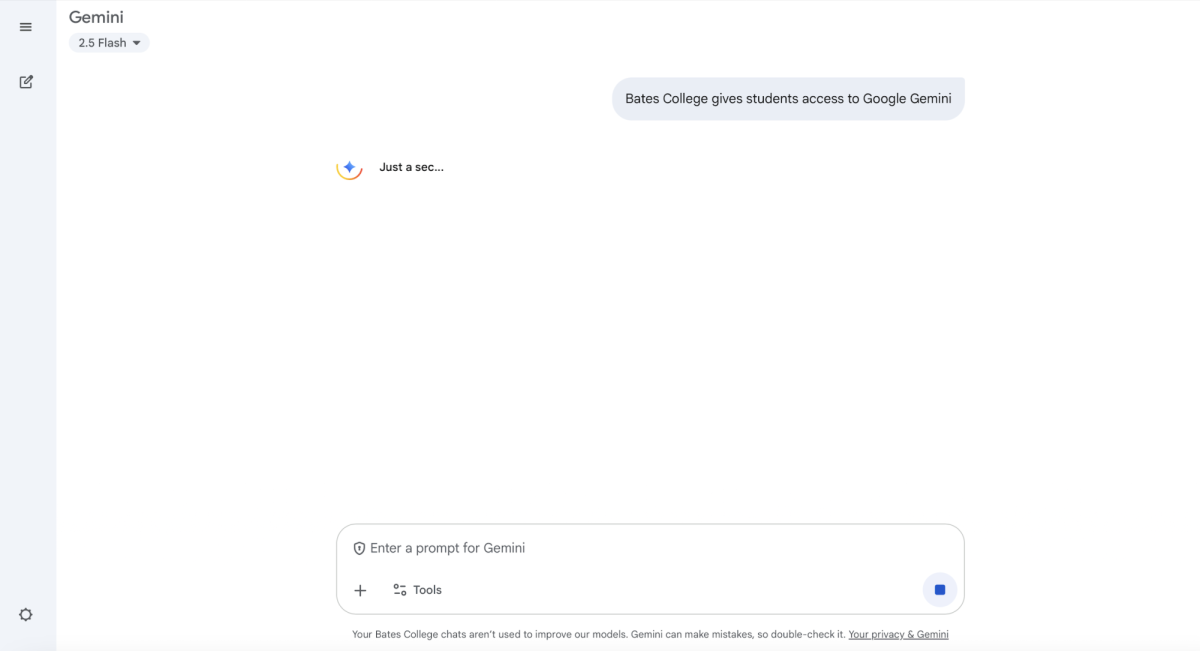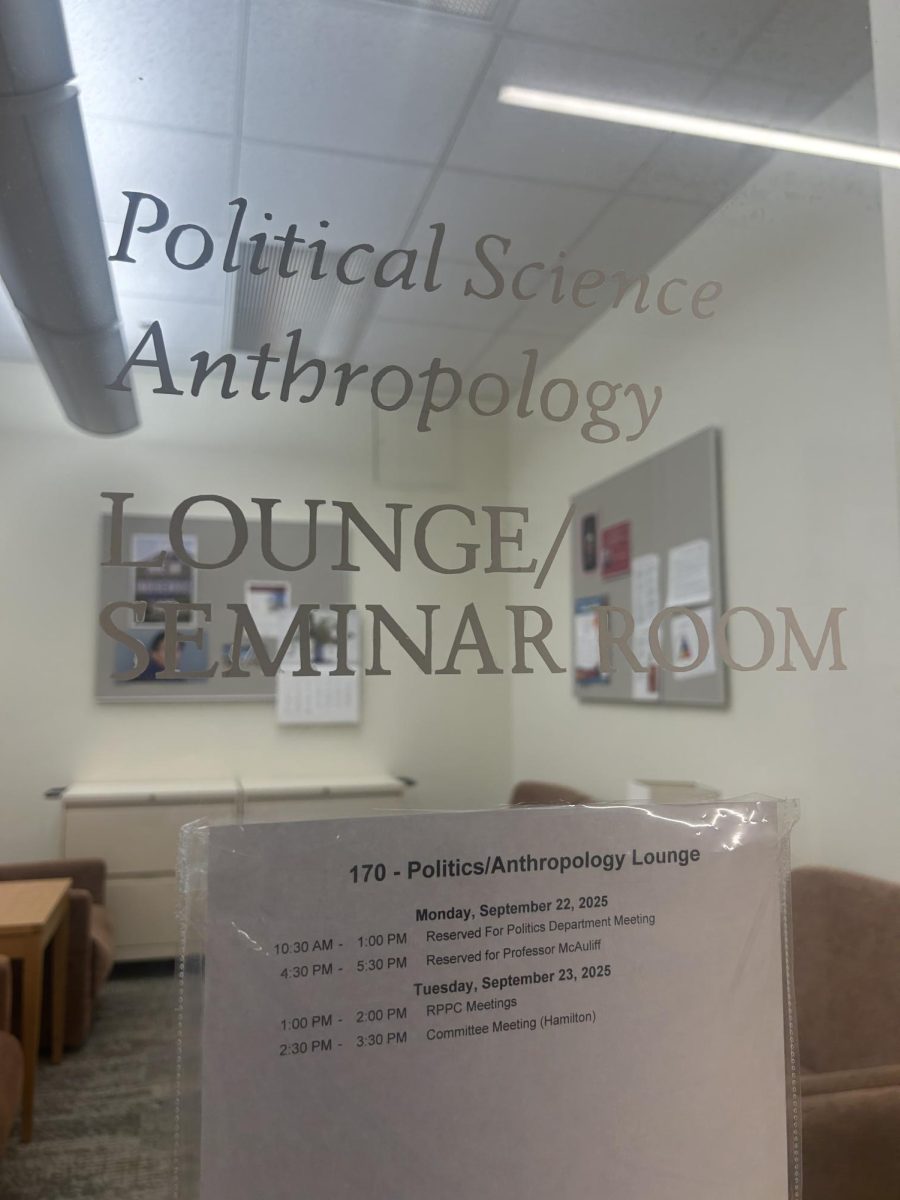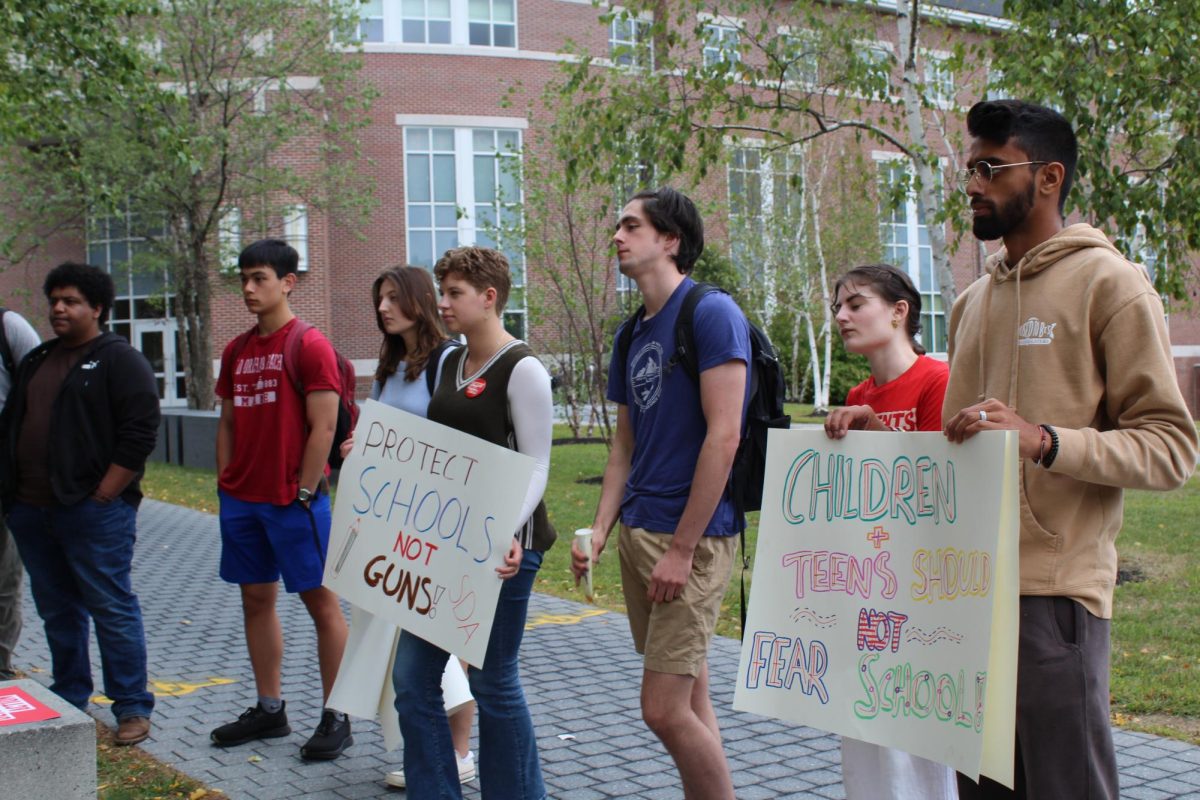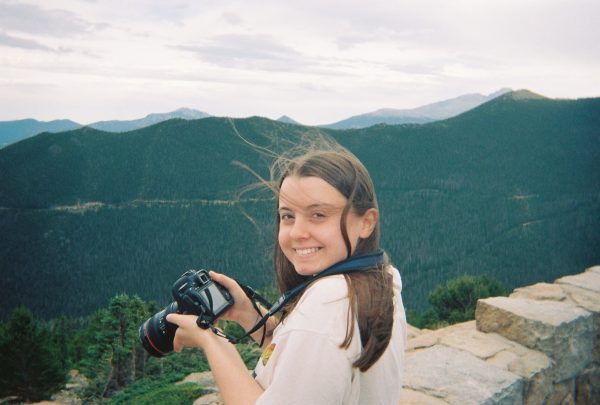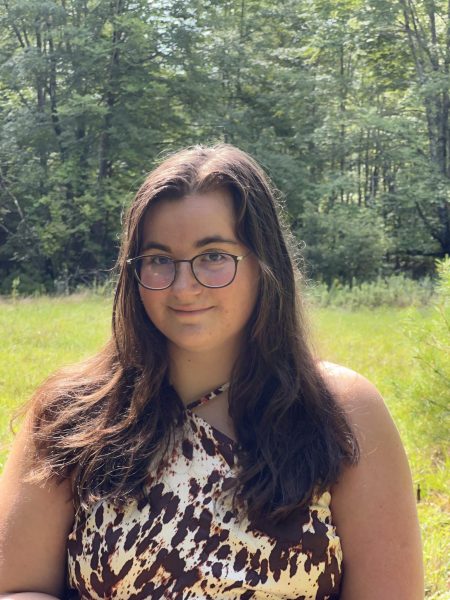The aurora borealis descended over Maine and Southern Canada on Oct. 10. Despite cloud cover, many on the Bates campus witnessed the solar phenomenon.
The spectacular show in the sky lasted for almost the full hour between 7-8 p.m., when many students ate or headed to their night classes. But that didn’t stop crowds from rushing out of Commons shouting, “Northern lights!” to those surprised by the rare spectacle. Dozens of students aimed phones at the sky, capturing reds and greens above Roger Williams Hall and Garcelon Field.
The northern lights were last visible from the Lewiston area in May when some were able to view the colors above campus. But this was a valuable first opportunity to see the phenomenon for those who weren’t on campus last spring, including those who were abroad or hadn’t started at Bates yet.
“I am really glad I finally got to see it because I didn’t see it last time,” Xanthe Miller ‘25 said, who attended Oxford University abroad during the 2023-2024 school year. Miller drove to Wallingford’s Apple Orchard with friends to view the lights in a darker area.
The northern lights, otherwise known as the aurora borealis, are a solar phenomenon that occurs when supercharged electrons and protons from the Sun hit the Earth’s magnetic field (at speeds up to 45 million mph) and collide with the oxygen and nitrogen gasses in the upper atmosphere, according to the Canadian Space Agency.
A particularly strong solar storm rated G4 yielded Oct. 10’s storm, said NASA. Batesies not only saw the most common green lights (caused at less than 150 miles above the surface from oxygen molecules) but the red associated with the high solar activity from oxygen molecules higher in the atmosphere. Even the rare blue colors, caused by the nitrogen molecules releasing the energy via releasing photons below 60 miles altitude, appeared over Lewiston. The lights were most visible along northern U.S. states and southern Canadian provinces, but fainter sightings were reported as far south as Arizona, Texas and Georgia.
Many held their phone cameras up to better see the sky’s colors. The camera and human eyes saw the spectacle differently for two reasons. One is that human eyes are less sensitive to the lower light levels produced by the aurora. The second is that most cameras will take a long exposure automatically in settings with low light to let more light than your eyes can through the lens.
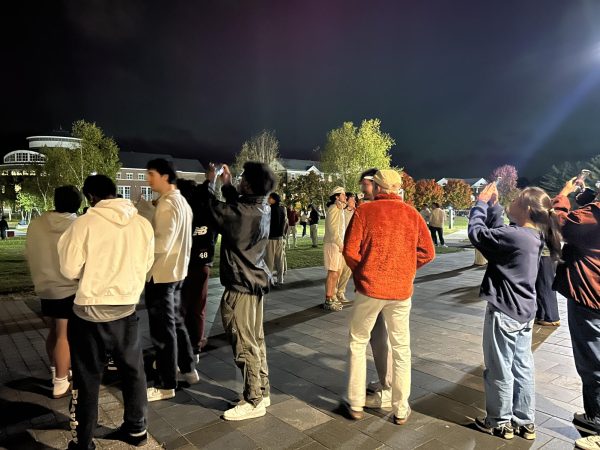
For those watching from Bates, it was emotional – an opportunity to see a phenomenon that many must travel great distances to see.
Some students commented on the palpable joy and camaraderie that came from the solar storm. Alice Maffie ‘27 was among those who fled Commons, watching the northern lights dance subtly above and marveling at fellow students’ reactions.
“I’m so happy that we go to a school where people get this psyched about the northern lights,” Maffie said.
Didn’t see the aurora borealis? This year is supposed to be a big year for solar storms. If you don’t want to miss out, the NOAA aurora forecast is a great first tool.


